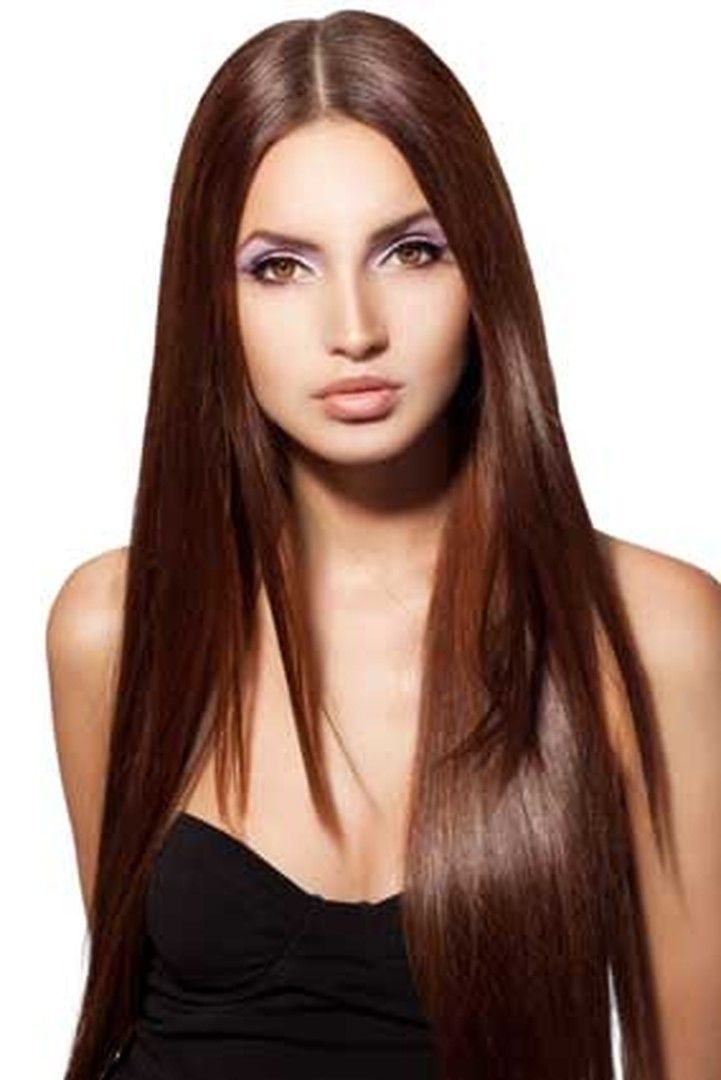Realistic Wigs: Achieving a Natural Look with Style and Confidence

Strong 8k brings an ultra-HD IPTV experience to your living room and your pocket.
Realistic wigs have become a popular choice for anyone looking to replicate the look of natural hair without compromising on style. With advancements in wig technology, modern wigs offer lifelike textures, natural color blends, and a variety of cap constructions that make them almost indistinguishable from real hair. Realistic wigs can be a solution for hair loss, fashion, or simply to experiment with different looks. Here’s an in-depth guide on what makes a wig realistic, types of realistic wigs, and tips on choosing and caring for one.
What Makes a Wig Realistic?
Material: High-quality wigs are either made from human hair or advanced synthetic fibers. Human hair wigs offer the most natural look, as they replicate the movement, texture, and color variation of real hair. However, certain synthetic wigs are also highly realistic, crafted from heat-resistant fibers that mimic the appearance and feel of human hair.
Cap Construction: The cap construction plays a significant role in making a wig look natural. Lace front wigs, for example, have a lace section at the front that gives the appearance of a natural hairline. Monofilament caps have individual hair strands hand-tied to a soft mesh, allowing the scalp to show through and giving the illusion of hair growing naturally from the head.
Color and Density: Realistic wigs often come in colors that have multi-dimensional tones, including highlights and lowlights, to mimic the natural color depth of real hair. Additionally, realistic wigs typically have balanced density, so they don’t appear too thick or too thin.
Hairline and Parting: Many realistic wigs are designed with natural-looking hairlines and adjustable parting options. For example, lace front wigs create a seamless transition at the forehead, while full lace wigs allow for versatile styling with natural parting in any direction.
Types of Realistic Wigs
Human Hair Wigs: These wigs provide the most realistic look and feel, as they are made from real human hair. They can be styled, colored, and treated like natural hair, though they require more maintenance. Human hair wigs are ideal for those seeking a high-quality, authentic appearance.
Lace Front Wigs: Lace front wigs feature a sheer lace panel at the front, which creates a natural-looking hairline. This type of wig is perfect for styles that are swept away from the face, as it gives the appearance of hair growing directly from the scalp.
Monofilament Wigs: Monofilament wigs have individual hairs hand-tied to a fine mesh material, allowing the scalp to show through and providing a natural look. These wigs are ideal for anyone seeking flexibility in parting and styling.
High-Quality Synthetic Wigs: Advanced synthetic wigs are made from fibers that mimic the texture, shine, and movement of real hair. Many heat-resistant synthetic wigs can be styled with heat tools, making them versatile and durable. High-quality synthetic wigs are also cost-effective and low-maintenance.
Choosing the Right Realistic Wig
When selecting a realistic wig, consider the following factors:
Face Shape: Choose a style that complements your face shape. For example, a bob may suit a round face, while longer layers work well on an oval face.
Color: Realistic wigs often feature natural color gradients, with highlights and lowlights. Choosing a color that matches your natural shade or has subtle variations will enhance the realistic look.
Cap Construction: If you prefer to style your wig away from your face, a lace front wig will provide the most natural hairline. If you want flexibility with parting, a monofilament or full lace wig is ideal.
Maintaining Your Realistic Wig
Proper care is essential to keep realistic wigs looking natural over time. Here are some maintenance tips:
Washing and Conditioning: Use wig-specific shampoos and conditioners, as regular hair products can be too harsh. Wash human hair wigs every 8-10 wears, and synthetic wigs every 10-15 wears to remove product buildup and maintain their appearance.
Styling with Care: For human hair wigs, you can use heat tools like curling irons and straighteners, but use them sparingly to avoid damage. Heat-resistant synthetic wigs can be styled with low-heat tools, while regular synthetic wigs should be kept away from heat to maintain their shape.
Storage: Store your wig on a wig stand or mannequin head to help it retain its shape and prevent tangling. Avoid direct sunlight exposure, as it can cause fading in both synthetic and human hair wigs.
Detangling: For long wigs, use a wide-tooth comb or wig brush to detangle gently from the ends upward. Avoid brushing wet wigs, as this can cause breakage or damage to the fibers.
Conclusion
Realistic wigs offer a wonderful solution for anyone looking to enjoy a natural, versatile hairstyle without altering their own hair. With options ranging from human hair to high-quality synthetic styles, realistic wigs can blend seamlessly with your natural appearance. By choosing the right cap construction, color, and style for your needs, and following a proper care routine, you can enjoy a realistic, beautiful look that boosts confidence and offers endless styling possibilities. Whether for fashion, convenience, or hair replacement, a realistic wig can transform your style effortlessly.
Note: IndiBlogHub features both user-submitted and editorial content. We do not verify third-party contributions. Read our Disclaimer and Privacy Policyfor details.







